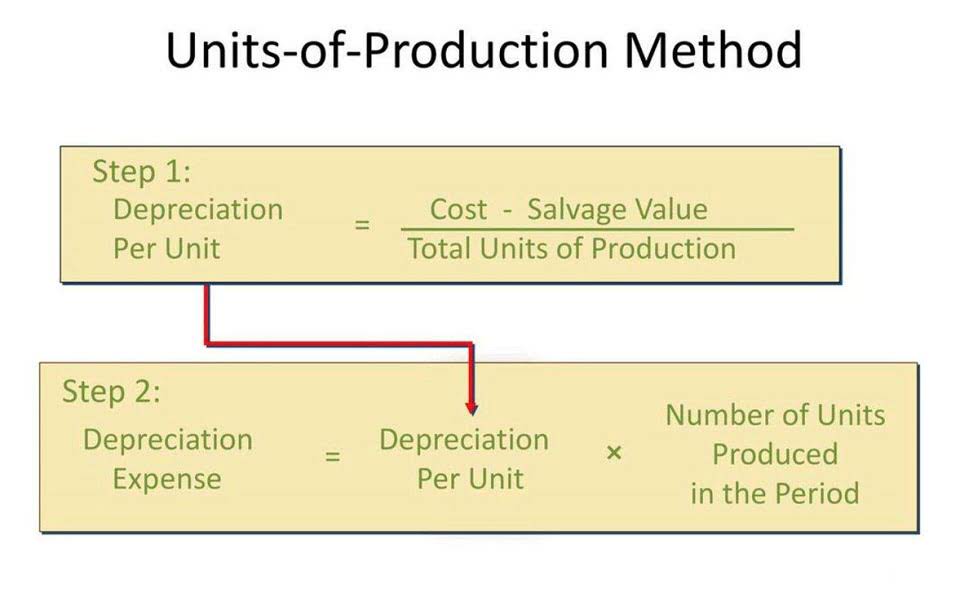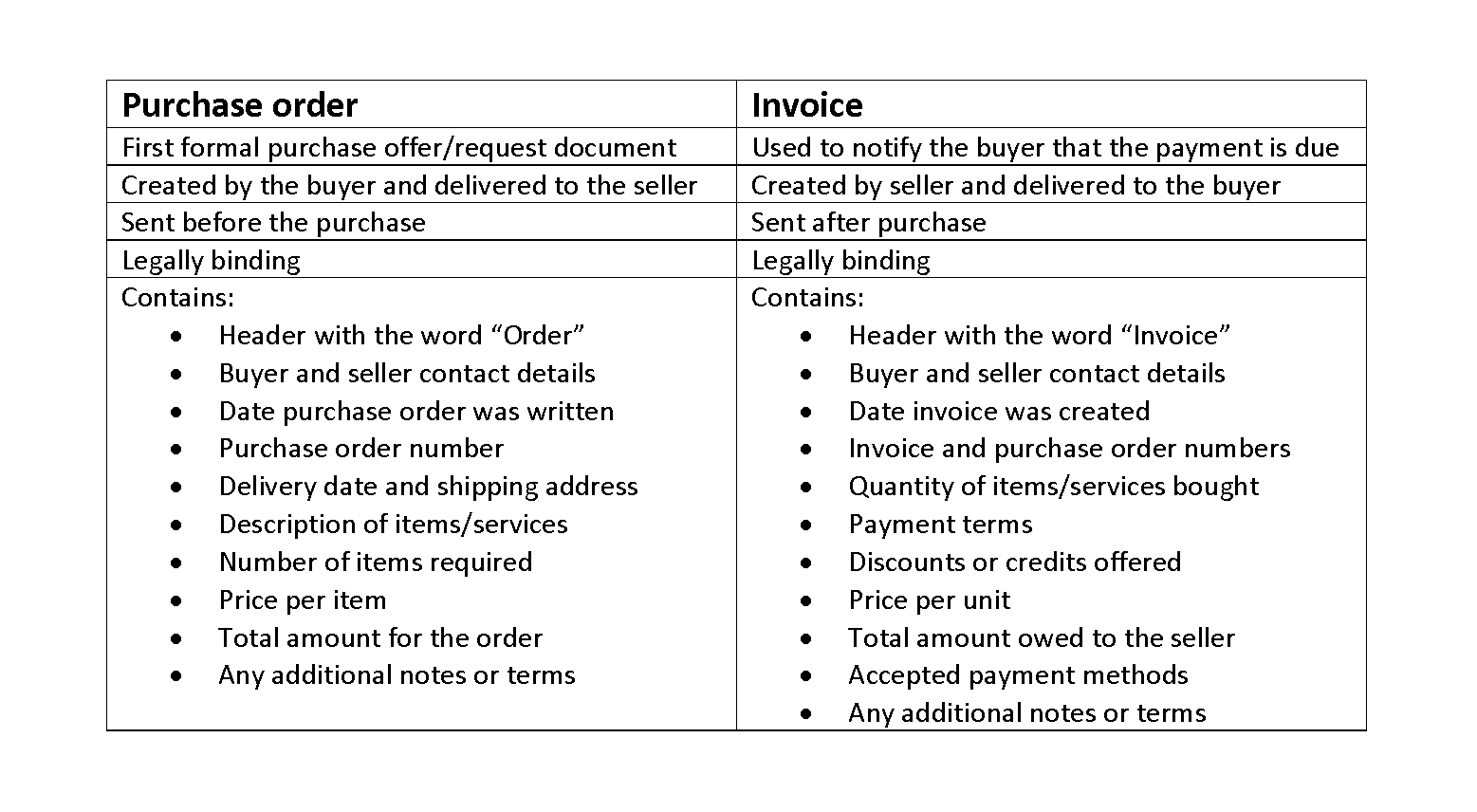You’ll also find downloadable templates to streamline the process and empower your team to hit the ground running. With the right tools and strategies, your nonprofit can confidently build a financial foundation for 2025 that ensures stability and amplifies your mission. As we look towards 2025, nonprofits face a unique set of challenges and opportunities. From fluctuating income streams to increasing demand for programs, organizations must plan carefully to navigate financial complexities while maximizing impact. Whether you’re managing general operations, launching a new program, or amplifying your marketing efforts, a thoughtful budget can be the difference between a successful year and a strained one. A budget for non-profit organizations must balance multiple priorities while maintaining clarity and usability.
tips for creating budgets at nonprofit organizations
Effective donor stewardship and engagement strategies are essential for building trust,… Factors influencing salary allocation include organizational size, geographic location, and competitive pressures. Regularly reviewing and adjusting the salary budget ensures alignment with the organization’s goals and financial capacity.
Try BetterWorld’s robust suite of charity & nonprofit fundraising tools for FREE!
With a centralized platform for creating and managing budgeting, every organization member has clear and direct access to your spending plan. It accounting services for nonprofit organizations leads to more effective financial management and decision-making processes. From a sample nonprofit budget template to comprehensive nonprofit annual budget templates, it covers all the essentials to keep your budget on track.
Features of an Effective Nonprofit Budget
Including these costs in your nonprofit organization budget template is essential because they ensure your programs and services operate smoothly. Once adopted, nonprofit operating budgets become an essential financial management tool to plan and monitor operations and organizational activities through the year. After completing the full program-based budget or financial analysis it’s worthwhile to take a fresh look for both accuracy and a gut check. Do the formulas, amounts, and financial results match what you expected, or do they surprise you?
Examples of Fundraising and Marketing Costs
- An operating budget is a budget that is used to cover basic day-to-day costs like materials, supplies, rent, utilities, etc.
- We’ve compiled the most useful free project budget templates for project managers, professional services teams, accountants, and other project budget stakeholders.
- Create a detailed personnel tab by listing each employee’s base salary for the year and calculating bonuses, benefits and taxes as a percentage of the known salary.
- What’s more, when creating your budget, you will find gaps in your operations where you could potentially save money or invest more.
- Looking over your budget with new hard data will allow you to make any tweaks as necessary and head off serious potential problems.
- Managing a budget for a nonprofit organization is much like planning a household budget, except that there are generally more sources of income and more categories of expenses.
Managing a budget https://nyweekly.com/business/accounting-services-for-nonprofits-benefits-and-how-to-choose-the-right-provider/ for a nonprofit organization is much like planning a household budget, except that there are generally more sources of income and more categories of expenses. In both cases, a sound budget is important for financial sustainability and provides a guide for financial health and sustainability. A nonprofit budget is a planning document used to predict expenses and allocate resources for your organization. It details the costs your organization will incur and the revenue you expect to receive over a set period of time. Track your nonprofit’s project-specific budget with this basic template.
- Learn key donor retention and engagement strategies that nonprofits can implement to maintain long-term donor relationships.
- To clear up any confusion surrounding these resources, we’ll begin by answering some common questions about nonprofit budgets.
- Once you have your budget, compare the predicted numbers to the actual figures every month in order to look for differences and establish why they occurred.
- Be sure to include these expenses if the organization needs to rent or maintain a physical location for its operations.
- A thoughtful budget is not restricted to being an operational tool, it’s a statement of accountability, a roadmap for growth, and a catalyst for change.
- Minimizing line items allows you to be flexible in allocating funds throughout the year.
Also, creating an effective program-based budget requires clear definitions, consistent cost allocation methods, and regular impact assessment. Involve stakeholders in the process, maintain flexible adjustment processes, and establish strong documentation standards. As such, a budget for non-profit organizations should start fresh each year. Zero-based budgeting requires examining every expense anew, regardless of its history in your organization. This balanced approach to cost management strengthens your organization’s resilience while ensuring resources remain available for mission-critical work. Variable costs, like program supplies, event expenses, and part-time staff hours, offer flexibility when funding fluctuates or new opportunities arise.
- Create a rough list of these costs and highlight the ones that will apply to the coming fiscal year.
- Very soon, you’ll have a nonprofit budget that serves you well and helps you manage the finances.
- This helps you plan better and avoid financial surprises down the road.
- This may not feel like a logical first step, but it’s one that you have to do.
Creating Revenue Projections
Note that some revenue sources bridge multiple categories and can be organized in different ways. For example, some nonprofits list corporate grants with their other grant funding, while others consider them a type of corporate philanthropy. The responsibility of creating your operating budget typically falls to your chief financial officer (CFO) or nonprofit controller. These professionals focus on your financial strategy and can use specialized tools to forecast your nonprofit’s cash flows for more effective resource allocation. Use this basic sample annual nonprofit budget template with sample text to guide you through the process of balancing your nonprofit’s budget.


